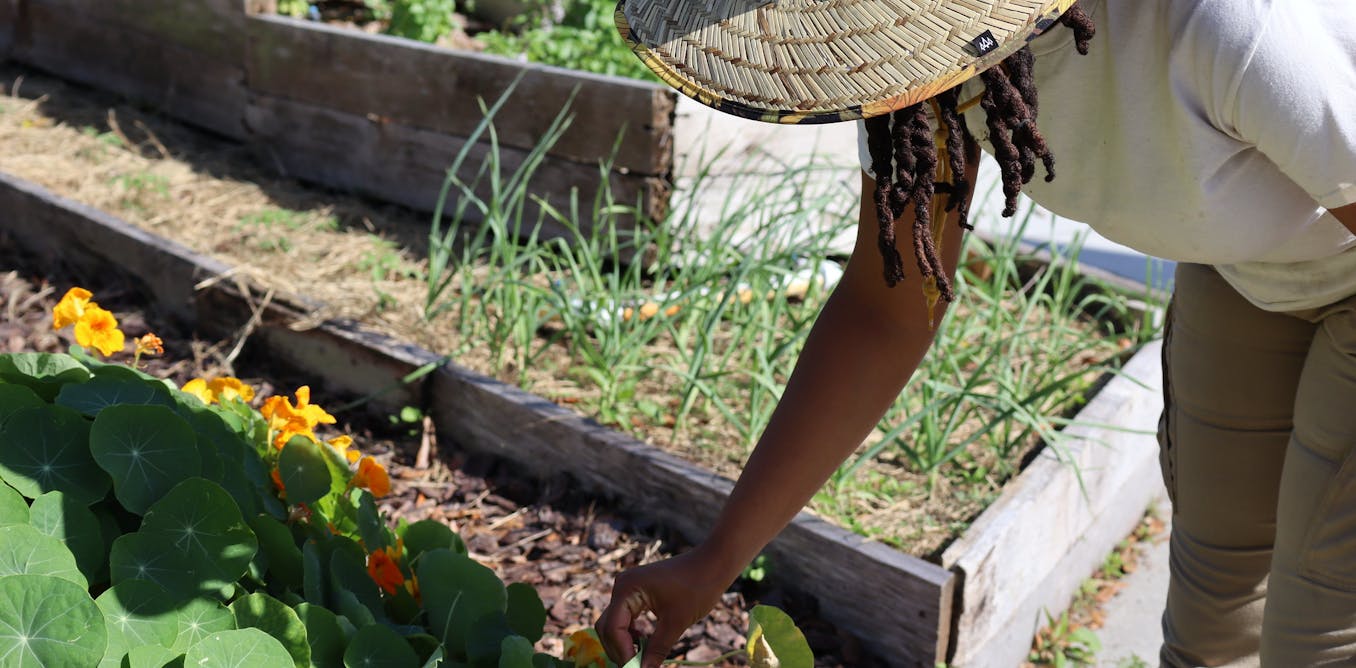The Ultimate Guide To City Blooming
Wiki Article
Indicators on City Blooming You Should Know
Table of ContentsThe smart Trick of City Blooming That Nobody is Talking AboutCity Blooming - An OverviewAll About City BloomingOur City Blooming DiariesCity Blooming Fundamentals Explained
Intrigued in expanding food available for sale in the City of Chicago? Thinking of beginning a community garden? Changes to the Chicago Zoning Statute enable farming uses like community yards and metropolitan farms in lots of components of the city. Below is a checklist of frequently asked inquiries concerning the policies and guidelines that cultivators must take into consideration when preparing a city agriculture job.
The zoning modification does not change any various other codes managing composting, building permits, buying or leasing City possessed residential or commercial property, service licenses or environmental contamination. There are existing codes that regulate these concerns and they stay in full impact and may be suitable to your task. Community yards are normally possessed or taken care of by public entities, public organizations or community-based companies and kept by volunteers.
Urban farms expand food that is planned to be marketed, either on a nonprofit or for-profit basis. Because of their industrial function, metropolitan ranches need a business license. Yes. A neighborhood yard is allowed to offer excess create that was grown on website if the sales are accessory or subservient to the yard's key purpose defined above.
Little Known Facts About City Blooming.
The amount of garden compost product can not exceed 25 cubic backyards at any kind of given time according to the requirements in 7-28-715 of the City's Municipal Code. Due to the fact that the dirt at a lot of new yard sites requires changing, compost, dirt, wood chips, or various other products can be acquired to construct or enhance the expanding room.
If a structure authorization is needed then the hoophouse will be taken into consideration an accessory structure. You can find out even more about the building authorization needs by contacting the Division of Structures. The 25,000-square-foot size restriction is planned to prevent a solitary area yard from controling an offered block or interfering with the block's existing property or industrial personality.
The limitation does not use to gardens located in Public Open Space (POS) areas. Can there be even more than one area garden that is 25,000 square feet on a single block? Fencing is not needed, nevertheless, gardens that have big car park locations may be required to set up fence or other landscape design functions.
Some Ideas on City Blooming You Need To Know
B1 & B2 districts require that all business usage tasks be carried out indoors. Is fence needed for metropolitan farms? Fences may be called for, along with landscape design and screening, for particular parking locations and exterior work or storage space locations depending on place and the particular activity taking place.Urban ranches require building authorizations and zoning authorizations prior to building and construction (fruit and vegtables). Various other forms of city testimonial may be required depending on specific frameworks, activities, dimension, landscaping, licensing, public heath and stormwater management concerns.
Yes. The sort of certificate is established by what is happening at the website. The Division of Company Matters and Customer Protection can help determine the details kind of business certificate that's required. Yes. Off street car parking is required for a lot of commercial tasks in Chicago. The needed number of vehicle parking rooms is based upon the variety of staff members working with site and not the square footage of the expanding room.
Indicators on City Blooming You Should Know

A city farm can sell compost material generated on site, nonetheless, the operation needs to abide with the guidelines in 7-28-715 of the Chicago Municipal Code. Aquaponic systems are allowed inside on metropolitan ranches in numerous zoning areas.
As much as five hives or colonies of honey may be kept as an accessory use. Beekeepers need to sign up with the Illinois Department of Agriculture. For additional information regarding the proposed zoning change you may call the Department of Real Estate and Economic Development, Bureau of Planning and Zoning at 312.744.8563.
, which takes area in rural areas at the side of suburbs.
Fascination About City Blooming
It can include a movement of natural farmers, "foodies" and "locavores", who seek to create socials media founded on a common ethos of nature and neighborhood holism. These networks can establish by method of formal institutional support, becoming incorporated right into neighborhood community preparation as a "transition town" activity for sustainable urban advancement.In either case, the a lot more direct accessibility to fresh veggie, fruit, and meat items that might be understood with city farming can boost food safety and security and food safety and security while decreasing food miles, causing lower greenhouse gas exhausts, consequently contributing to environment change reduction. Some of the first proof of city agriculture comes from Mesopotamia.
Report this wiki page